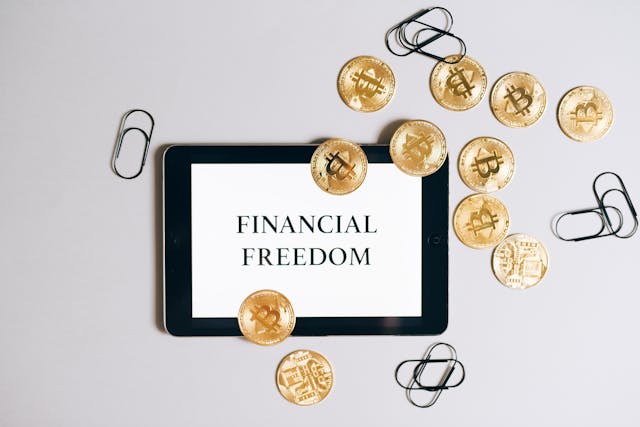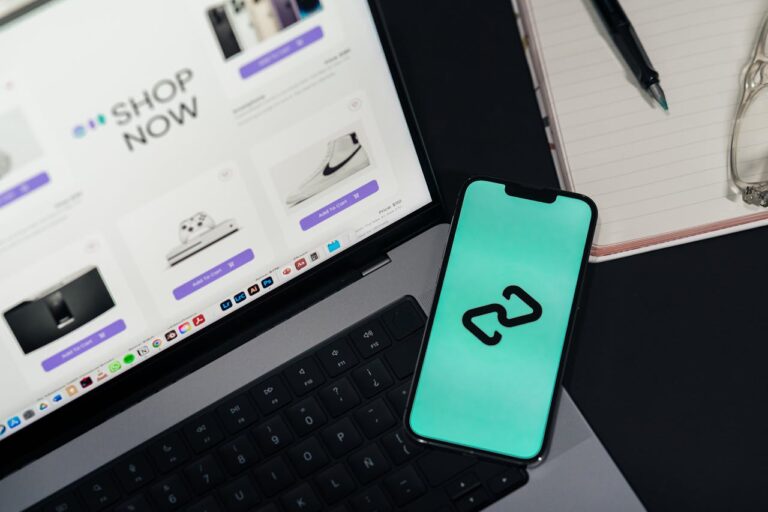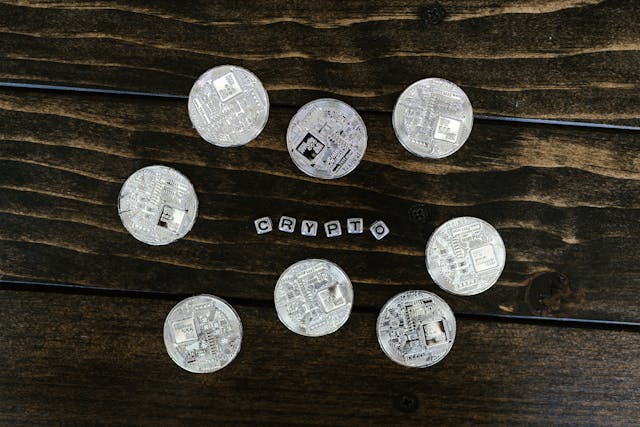Write Us: hello@ali5.org
🌱 How to Achieve Financial Freedom: A Simple, Friendly Step‑by‑Step Guide
Discover practical, step-by-step advice to achieve financial freedom learn how to save, invest, eliminate debt, and build multiple income streams for lasting financial peace of mind.

Imagine Waking Up Without Having to Worry About Money…
No, really take a second and picture it:
-
No more stressing over bills.
-
No more heart-pounding panic when your car suddenly needs repairs.
-
No more living for payday just breathing easy, knowing you’re covered.
Sounds pretty amazing, right?
The truth is, financial freedom isn’t something reserved for lottery winners or tech millionaires.
It’s something we can all build step by step, starting exactly where we are right now.
Let me show you how to do it in the simplest, most real way I know—no complicated financial terms, no judgment, just real talk.
Step 1: What Does Financial Freedom Mean to You?
First things first: what does “financial freedom” actually mean to you?
It’s different for everyone.
👉 Maybe it’s quitting your job early to travel the world.
👉 Maybe it’s just not worrying about how you’ll pay the electric bill this month.
👉 Maybe it’s never again feeling that sinking stress at the grocery store checkout.
Take a moment. Close your eyes. Imagine what your life would feel like if you didn’t have to worry about money all the time.
That image? That’s your “why.”
Write it down somewhere—it’ll help you stay motivated when life throws challenges your way.
Step 2: Be Honest About Where You’re Starting
I get it—looking at your actual financial situation can be scary.
I’ve been there too. It’s so tempting to avoid it and just hope things magically get better.
But the real first step to taking back control? Facing it head-on.
Here’s a simple way to do it:
-
Write down how much money you bring in each month (your income).
-
List everything you spend money on—rent, food, Netflix, even those random coffees.
-
Add up all the money you owe—credit cards, student loans, car payments.
-
Look at how much you’ve saved, even if it’s just a few dollars.
No judgment. No shame.
This is just you getting clear on where you stand—so you can start moving forward.
Step 3: Make a Spending Plan That Feels Good (Not Like Punishment)
I know—the word “budget” can feel restrictive.
But think of it this way:
A budget is really just you telling your money what you want it to do.
It’s your freedom tool—not a punishment.
A simple method to try is the 50/30/20 Rule:
-
50% for needs (housing, bills, groceries)
-
30% for wants (dining out, hobbies, fun)
-
20% for savings or debt payoff
If you can’t hit those numbers perfectly right away, that’s okay.
Just starting is what matters. Remember: progress, not perfection.
Step 4: Deal with Your Debt (Without Going Crazy)
Debt is like carrying a heavy backpack—you feel it every day, and it drains your peace of mind.
Let’s lighten that load.
Two common ways to tackle debt:
-
Snowball Method: Pay off the smallest debts first for quick wins.
-
Avalanche Method: Focus on the debts with the highest interest to save more over time.
Choose whichever method feels doable for you.
What matters most is simple: keep going.
Even tiny extra payments add up.
Step 5: Create Your Safety Net (Even If You’re Broke)
Life happens.
Unexpected doctor bills, car troubles, job hiccups—curveballs come out of nowhere.
That’s why having an emergency fund—even a small one—is life-changing.
Start small:
✅ Your first goal: $500.
✅ Over time: build towards 3–6 months of expenses.
Even saving $10 or $20 at a time makes a difference.
It’s not about being perfect—it’s about being consistent.
Step 6: Start Growing Your Money (Even If You Don’t Have Much)
Here’s the fun part: letting your money work for you.
And no you don’t need to be rich to start investing.
These days you can get started with as little as $5 using beginner-friendly apps.
Consider:
-
Index funds (simple and easy to understand)
-
Retirement accounts like 401(k)s or IRAs
Time is your biggest asset.
Even small amounts, when invested early, grow beautifully over time.
Step 7: Look for Ways to Make More Money, One Step at a Time
If your paycheck isn’t enough (which is true for so many people), it’s completely okay to look for small ways to bring in more income.
A few simple ideas:
-
Freelance work—writing, design, tutoring
-
Selling handmade goods online
-
Starting a side hustle pet sitting, teaching, reselling
Even $50 or $100 extra a month can help cover bills, pay off debt faster, or boost your savings.
Small streams can turn into rivers.
Step 8: Keep What You’re Building Safe
As you save and invest, don’t forget to protect what you’re creating.
That means:
✅ Having basic insurance—health, car, life.
✅ Letting loved ones know who handles things if something happens to you.
✅ Keep learning—because financial growth is a lifelong journey.
It’s not about expecting the worst—it’s about being prepared, so you can sleep better at night.
Step 9: Be Kind to Yourself—It’s a Journey
Some months you’ll save a lot.
Some months life will throw expensive curveballs.
It’s okay. You’re human.
It’s not about perfection—it’s about showing up for yourself over and over again.
Celebrate every small win:
-
Paid off a credit card? High five.
-
Saved your first $100? That’s huge.
-
Opened your first investment account? You’re already ahead of most people.
The Bottom Line: You Can Do This.
Financial freedom isn’t about how much you make—it’s about what you do with what you have and the choices you make moving forward.
It’s about:
✅ Spending less than you earn.
✅ Tackling debt little by little.
✅ Saving, investing, and growing—even in tiny steps.
Don’t let money stress you out.
Let it become your tool—not your burden.
And the best part?
It’s never too late. Not for you. Not for anyone.
Take that first small step today—and keep going.
Your future self will thank you.







